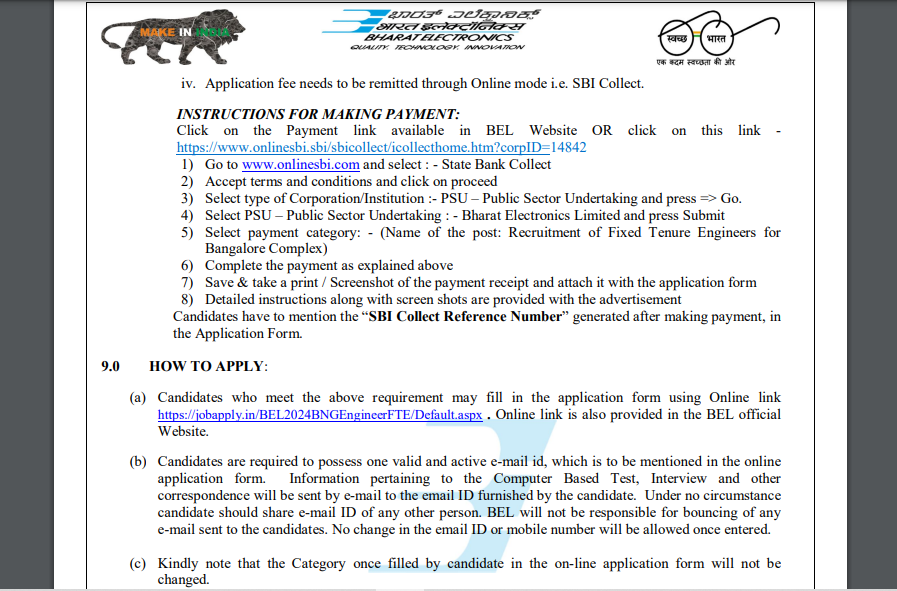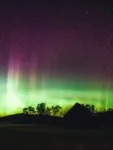A Cosmic Giant with “Horns” | Massive Cryovolcanic Comet 12P/Pons–Brooks Approaches Earth with Spectacular Eruption
New Delhi, October 19, 2023 – A celestial giant known as 12P/Pons-Brooks, a massive cryovolcanic comet roughly the size of a city, is currently hurtling toward Earth and has recently undergone a second major eruption in just four months. This extraordinary event has astronomers and space enthusiasts alike captivated, as the comet emitted a breathtaking cloud of gas and ice during its latest explosion, which strikingly resembled a pair of imposing horns.
The Enigmatic Devil Comet
12P/Pons-Brooks is a remarkable cryovolcanic or cold volcano comet, featuring a solid nucleus estimated to be 18.6 miles (30 kilometers) in diameter. This nucleus is composed of a unique mixture of dust, gas, and ice, often referred to as cryomagma. Enveloping this nucleus is a fuzzy gas cloud, known as a coma, which continually escapes from the interior of the comet. As the comet’s core gets heated by solar radiation, pressure builds up within, leading to violent eruptions that forcefully release its icy contents through fissures in the nucleus’s shell, ultimately venting them into the vastness of space.
On October 5, astronomers were astounded by a significant outburst from 12P, causing the comet to become twelve times brighter due to the increased reflection of light from its expanded coma. Over the following days, the coma continued to expand, eventually forming its distinctive “peculiar horns.” Some experts even drew parallels between the irregular shape of the coma and the appearance of science fiction spaceships, such as the iconic Millennium Falcon from Star Wars.
Unraveling the Mystery
This unique coma shape can likely be attributed to irregularities in the nucleus’s shape. Richard Miles, an astronomer from the British Astronomical Association (BAA), proposed that the outflowing gas may be partially obstructed by a protrusion on the nucleus, making the irregular coma shape even more conspicuous as the gas drifts away from the comet.
At present, 12P is embarking on a journey towards the inner solar system, following a highly elliptical 71-year orbit around the sun. This trajectory mirrors the maneuver executed by the green comet Nishimura on September 17. On April 21, 2024, 12P will make its closest approach to Earth, potentially becoming visible to the naked eye, offering a breathtaking spectacle before it heads back to the outer solar system. Remarkably, the comet is not expected to return until 2095, making this a once-in-a-lifetime event for skywatchers.
A Celestial Spectacle
In another captivating celestial development, a colossal comet, allegedly three times the size of Mount Everest, is also headed for Earth. This peculiar comet, following its massive explosion in July, has recently experienced a second major outburst, as reported by the British Astronomical Association (BAA). The latest outburst was detected through images captured by a telescope in Maui, Hawaii, in the United States.
Comets, these small celestial bodies following elongated and highly elliptical orbits around the Sun, become more visible from Earth as they draw closer to the Sun. At times, they even become visible to the naked eye, creating awe-inspiring spectacles in the night sky.
The Cosmic Visitor
The comet in question, 12P/Pons-Brooks, is currently favorably positioned for observation from the northern hemisphere, offering an excellent opportunity for skywatchers to witness this celestial wonder. Comets are believed to be remnants from the formation of the solar system approximately 4.5 billion years ago, comprised of a captivating mixture of ice, dust, and gas, collectively known as cryomagma.
Once again, the comet’s coma, a nebulous envelope surrounding its nucleus, has developed two distinct horns, mirroring what transpired after the first outburst in July. This further adds to the fascination surrounding this remarkable cosmic phenomenon.
Conclusion: The Cosmic Show
As these colossal cryovolcanic comets, 12P/Pons-Brooks and the unnamed Mount Everest-sized celestial visitor, approach Earth, astronomers and space enthusiasts have a unique opportunity to witness the grandeur of the cosmos. With their spectacular eruptions, peculiar features, and the promise of being visible to the naked eye, these celestial events mark an extraordinary moment in our understanding of the universe. So, remember to look up at the night sky, for the cosmos is putting on a show of a lifetime.
Facts
- 🌌 The “Devil Comet” is three times bigger than Mount Everest and has horn-like emissions.
- 🌠 This comet, known as 12P/Pons-Brooks, is approximately 30 kilometers wide and is considered a cryovolcano.
- ❄️ Cryovolcanoes spew substances like water, ammonia, or methane in extremely cold environments.
- 🌏 The comet won’t pose a collision threat to Earth until 2024 when it becomes visible without a telescope, and it won’t return until 2095.
- 🚀 It contains more ice and gas inside its core compared to most other comets.
- 🌟 The “Devil Comet” is the second time it has exploded, with the first eruption being 7,000 times wider than the comet itself.
- 😲 Social media reacted with memes and surprise to the news of this massive comet.
Stay Updated | Incredible Cosmic Horns: Cryovolcanic Comet 12P/Pons–Brooks’s Stunning Transformation!
- Follow us on Facebook , Telegram and Twitter for the latest Education News updates and Daily Current Affairs
- Subscribe to our website for more updates on upcoming exams and results.
- Check all open Government Jobs 2023 Here
FAQ’s
Q1: What is the Devil Comet?
A1: The Devil Comet, scientifically known as 12P/Pons-Brooks, is a cryovolcanic comet approximately 30 kilometers wide, often referred to as the “horned” comet due to its distinctive shape. It is larger than Mount Everest and spews materials like water, ammonia, and methane into extremely cold environments.
Q2: Should we be concerned about a collision with the Devil Comet?
A2: No immediate concerns about a collision with Comet 12P. It will only come relatively close to Earth in 2024, visible without a telescope, and then it won’t approach Earth again until 2095. It contains a core of gas, dust, and ice, and its second eruption produced horn-like emissions.
Q3: How did the Devil Comet get its “horns”?
A3: The specific reason for the formation of the “horns” on the Devil Comet remains uncertain, but scientists believe it may be due to the peculiar configuration of its cryovolcanic vent, possibly causing material to be expelled in an unusual flow pattern. These horns resemble an intergalactic creature.
Q4: When was the Devil Comet first discovered, and who found it?
A4: Astronomer Jean-Louis Pons discovered the Devil Comet, 12P/Pons-Brooks, on July 12, 1812. It is one of 20 comets known to have active ice volcanoes.
Q5: When will the Devil Comet come closest to Earth?
A5: The Devil Comet won’t come closest to Earth until 2024 when it will be visible without a telescope. Afterward, it will return to the solar system and reappear in the year 2095.

























Wow, incredible weblog format! How lengthy have you ever been running a blog for?
you make running a blog look easy. The total look of your website is magnificent,
as well as the content material! You can see similar:
It’s very interesting! If you need help,